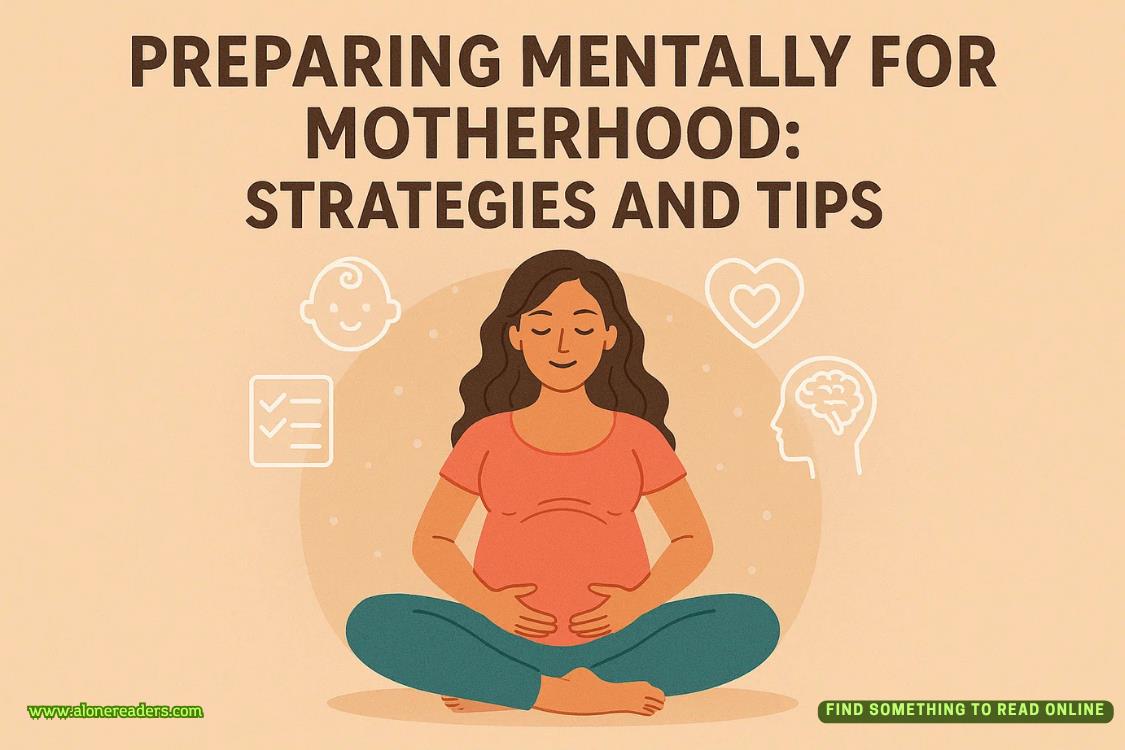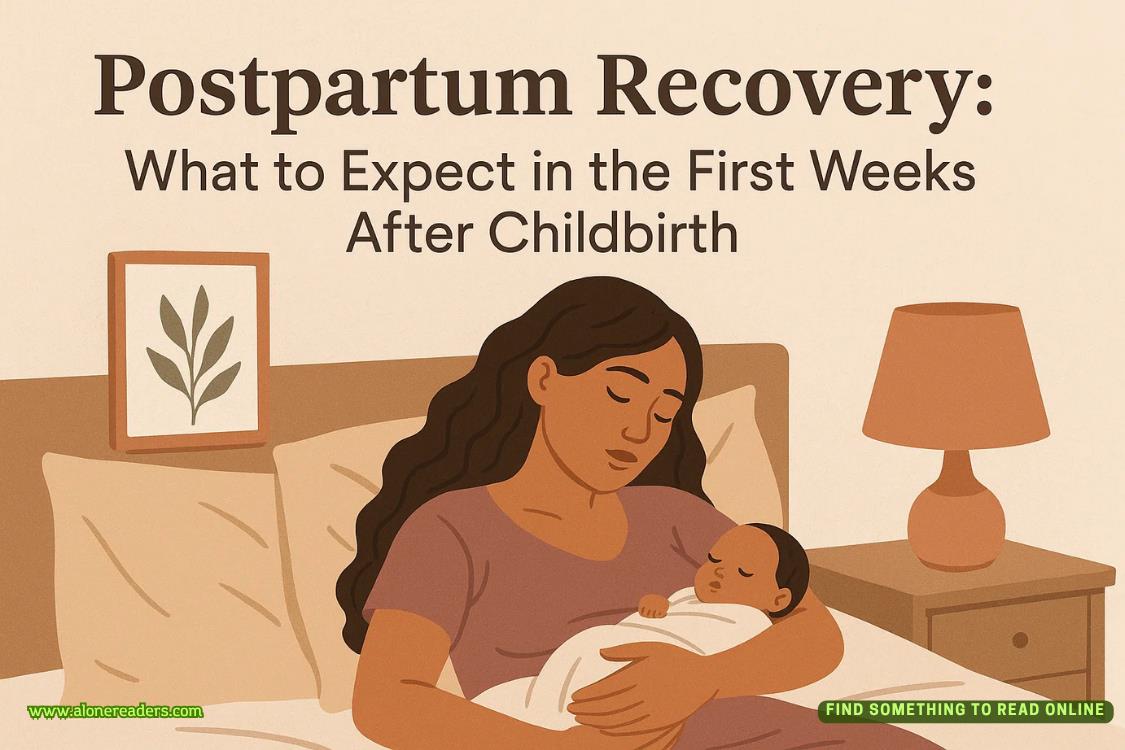Page 12 of The Last Time I Lied
4
The drive to Camp Nightingale takes up most of the afternoon. Almost five hours when counting in rest stops. Most of it a straight shot north along truck-clogged I-87.
The length of the trip is something I’d forgotten from my first visit, when I had spent the drive huddled in the back seat while my parents blamed each other for not telling me I was going to camp. This time, I’m once again in the back, although the driver of the private town car Franny hired for me hardly says a word. But my nervousness is the same. That butterfly-trapped-in-the-chest feeling. Back then, it was because I didn’t quite know what the camp would be like.
Now I know exactly where I’m going.
And who I’ll see while I’m there.
In the months leading to my departure, I didn’t have time to be nervous. I was too consumed with applying for a temporary leave of absence from the ad agency and finding someone to sublet the loft while I’m gone. The leave was approved, and I eventually found an artist acquaintance to stay in the loft. She paints trippy starscapes with wax melted in scalding-hot aluminum pots. I’ve seen her at work, each colorful pot bubbling like a witch’s cauldron. I hope she doesn’t burn the place down.
While all that was taking place, I received weekly emails from Lottie that filled in various details of my stay. The debut summerof the new Camp Nightingale planned to have roughly fifty-five campers, five counselors, and five specialized instructors made up of camp alumni. Just like in the past, none of the cabins had electricity. The camp was monitoring the threats of Zika, West Nile, and other mosquito-borne illnesses. I should remember to pack accordingly.
I took that last note to heart. When I was thirteen, the sudden notice about going to camp delayed our departure for hours. First there was the matter of finding my suitcase, which ended up being in the back of the hall closet, behind the vacuum cleaner. Then came the arduous task of packing, with me not knowing what to bring and my lack of preparation necessitating a trip to Nordstrom’s to pick up the things I lacked. This time around, I went overboard in the sporting goods store, snapping up items with the whirlwind intensity of a romantic comedy heroine in a shopping montage. Much of it was necessary. Several pairs of shorts. Heavy-duty socks and a sturdy pair of hiking boots. An LED flashlight with a wrist strap. Some of it was not, such as the waterproof case that fits over my iPhone like a condom.
Then there was the matter of my parents. Neglectful as they were when I was growing up, I knew they wouldn’t like the idea of my returning to Camp Nightingale. So I didn’t tell them. I simply called to say I’d be away for six weeks and that they should contact Marc in case of an emergency. My father half listened. My mother simply told me to have “such a wonderful time,” her words slurred from cocktail hour.
Now there’s nothing left for me to do but quell my growing anxiety by sorting through all the things I thought I’d need to help my search. There’s a map of Lake Midnight and the surrounding area; a satellite view of the same thing, courtesy of Google Maps; and a stack of old newspaper articles about the disappearance collected from the library and printed off the internet. I even brought along a dog-eared Nancy Drew paperback—The Bungalow Mystery—for inspiration.
I examine the map and satellite view first. From above, the lake resembles a giant comma that’s been tipped over. More than two miles from end to end, with a width ranging from a half mile to five hundred yards. The narrowest area is the eastern point, the location of the dam Buchanan Harris used to create the lake on that cold and rainy stroke of midnight. From there the lake flows west, skirting the edge of a mountain, following the path of the valley it replaced.
Camp Nightingale sits to the south, nestled in the middle of the lake’s gentle exterior curve. On the map, it’s just a tiny black square, unlabeled, as if fifteen years of disuse had left it unworthy of mention.
The satellite view offers more detail, all of it colored grainy shades of green by the library printer that spat it out. The camp itself is a rectangle of fern green, speckled with buildings in variations of brown. The Lodge is clearly visible, as are the cabins, latrine, and other buildings. I can even see the dock jutting out over the water, the white specks of two motorboats moored to its sides. A gray line of road leads out of camp to the south, eventually connecting with a county road two miles away.
One theory about the girls’ disappearance is that they walked to the main road and hitched a ride. To Canada. To New England. To unmarked graves when they climbed into the cab of a deranged trucker.
Yet no one reported seeing three teenage girls on the highway’s edge in the middle of the night, even after their disappearance became national news. No one anonymously confessed to giving them a ride. No traces of their DNA were ever found inside the rigs of drivers arrested for violent crimes. Plus, all their belongings were left behind, tucked safely inside their hickory trunks. Clothes. Cash. Brightly colored Nokia cell phones just like the ones my parents said I was too young and irresponsible to own.
I don’t think they planned to be gone for very long. Certainly not forever.
I put away the map and tackle the newspaper clippings and internet articles, none of which offer anything new. The details of the disappearance are as vague now as they were fifteen years ago. Vivian, Natalie, and Allison vanished in the early-morning hours of July 5. They were reported missing by yours truly a little before 6:00 a.m. A camp-wide search that morning turned up nothing. By the afternoon, the camp’s director, Francesca Harris-White, had contacted the New York State Police, and an official search began. Because of the girls’ high-profile parents—Vivian’s, especially—the Secret Service and the FBI joined the fray. Search parties of federal agents, state troopers, and local volunteers scoured the woods. Helicopters skimmed the treetops. Bloodhounds primed with scents from clothes the girls had left behind sniffed a trail around camp and back again, their keen sense of smell leading them in frustrating circles. Little was found. No footprints leading into the forest. No wispy strands of hair snagged on low-hanging branches.
Another team of searchers headed to the water, even though they were stymied by the lake itself. It was too deep to dredge, too filled with downed trees and other underwater remnants of its days as a valley to dive safely. All they could do was crisscross Lake Midnight in police rescue boats, knowing there was nothing left to rescue. If the girls were in the lake, surely only corpses would be found. The boats returned empty-handed, as everyone suspected they would.
The only trace of the girls anyone ever found was a sweatshirt.
Vivian’s sweatshirt, to be precise. White withPrincetonspelled out in orange across the chest. I’d seen her wear it to the campfire a few nights before the disappearance, which is how I was able to identify it as belonging to her.
It was found the morning after the disappearance, sitting on the forest floor two miles away, almost directly across the lake from Camp Nightingale. The volunteer searcher who discovered the sweatshirt—a local retiree and grandfather of six with no earthly reason to lie—said it was neatly folded into a square, like the sweaters you see on display at the Gap. A lab analysis of the sweatshirtfound skin cells that matched Vivian’s DNA. What it didn’t find were any rips, tears, or traces of blood suggesting she had been attacked. It was simply discarded, apparently by Vivian on her way to whatever fate befell her.
But here’s the weird part.
Vivian wasn’t wearing the sweatshirt when I saw her leave the cabin.
In the days after the disappearance, various investigators repeatedly asked me if I was sure it wasn’t tied around her waist or thrown over her shoulders, sleeves knotted in true Princeton preppy fashion.
It wasn’t.
I’m certain of it.
Still, authorities treated that sweatshirt like a beacon, following it into the hills. The search of the lake was called off as everyone took to the forest, searching it in vain. No one—least of all me—had an inkling as to why the girls would have marched miles away from camp. But nothing about the disappearance made sense. It was one of those rare instances that defied all known logic and reason.
The only person ever considered a suspect was Franny’s oldest son, Theo Harris-White. Nothing came of it. No traces of him were discovered on Vivian’s sweatshirt. Nothing incriminating was found in his possession. He even had an alibi—he spent the night with Chet, teaching his younger brother how to play chess into the wee hours of the morning. With no evidence that a crime had actually taken place, Theo wasn’t charged. Which meant he also wasn’t officially exonerated. Even now, a Google search of Theo’s name brings up true-crime websites that suggest he killed the girls and managed to get away with it.
The hunt for the girls didn’t officially end so much as it lost steam. The search parties fruitlessly continued for another few weeks, their numbers dwindling day by day until they eventually dried up. News coverage of the disappearance also evaporated as reporters moved on to newer, flashier stories.
Filling that void were darker theories. Ones found in the deepest corners of Reddit and conspiracy websites. Rumors swirl that the girls had been murdered by a savage madman who lived in the woods. That they had been abducted—either by humans or aliens, depending on which website you read. That something even more mystically sinister happened to them. Witches. Werewolves. Spontaneous cellular disintegration.















